The recent breakthroughs in laser-based fusion have given a boost to a number of start-up companies—one of which has plans to replace the lasers with a high-speed projectile.
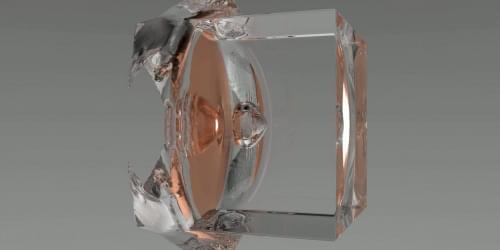

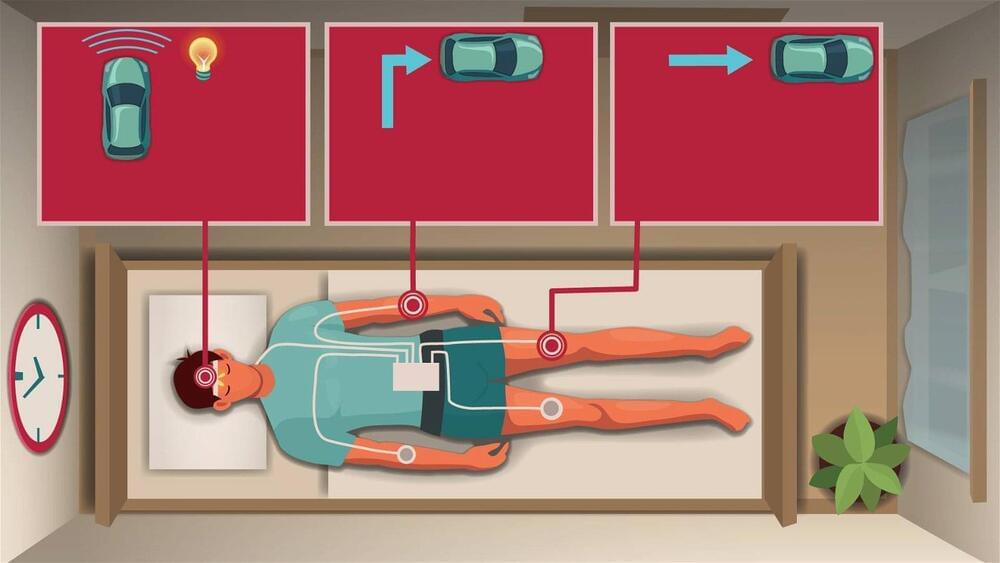
The first two-way control of a virtual object by study participants while lucid dreaming has been documented, according to the findings of a new research effort.
Researchers with REMspace, a California startup, report that five participants in the recent study were successfully able to control a virtual Cybertruck while lucid dreaming, and even avoid obstacles that appeared on a screen.
Multitasking While Dreaming
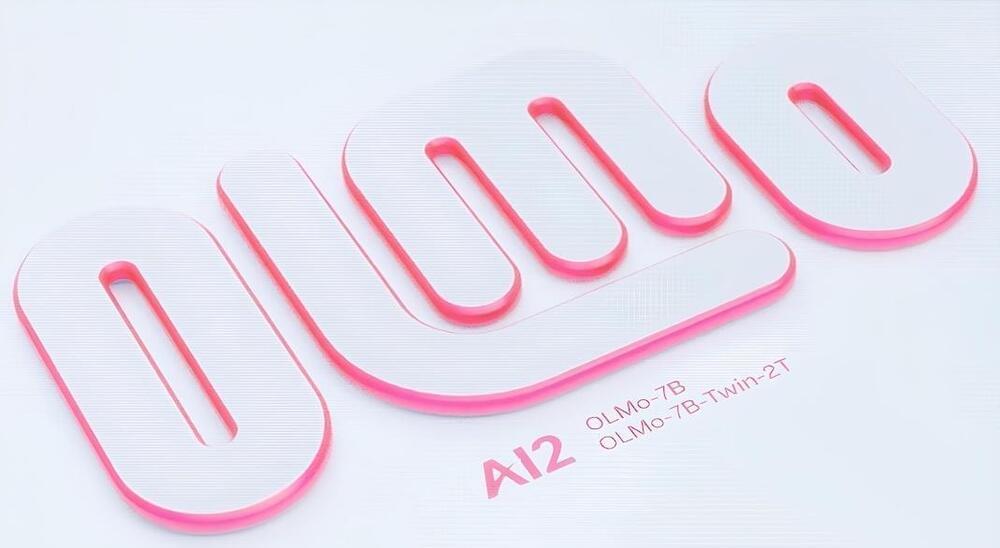
The Allen Institute for AI created the Open Language Model, or OLMo, which is an open-source large language model with the aim of advancing the science of language models through open research.
AI2 has partnered with organizations such as Surge AI and MosaicML for data and training code. These partnerships are crucial for providing the diverse datasets and sophisticated training methodologies that underpin OLMo’s capabilities. The collaboration with the Paul G. Allen School of Computer Science and Engineering at the University of Washington and Databricks Inc. has also been pivotal in realizing the OLMo project.
It is important to note that the current architecture of OLMo is not the same as the models that power chatbots or AI assistants, which use instruction-based models. However, that’s on the roadmap. According to AI2, there will be multiple enhancements made to the model in the future. In the coming months, there are plans to iterate on OLMo by introducing different model sizes, modalities, datasets, and capabilities into the OLMo family. This iterative process is aimed at continuously improving the model’s performance and utility for the research community.
OLMo’s open and transparent approach, along with its advanced capabilities and commitment to continuous improvement, make it a major milestone in the evolution of LLMs.
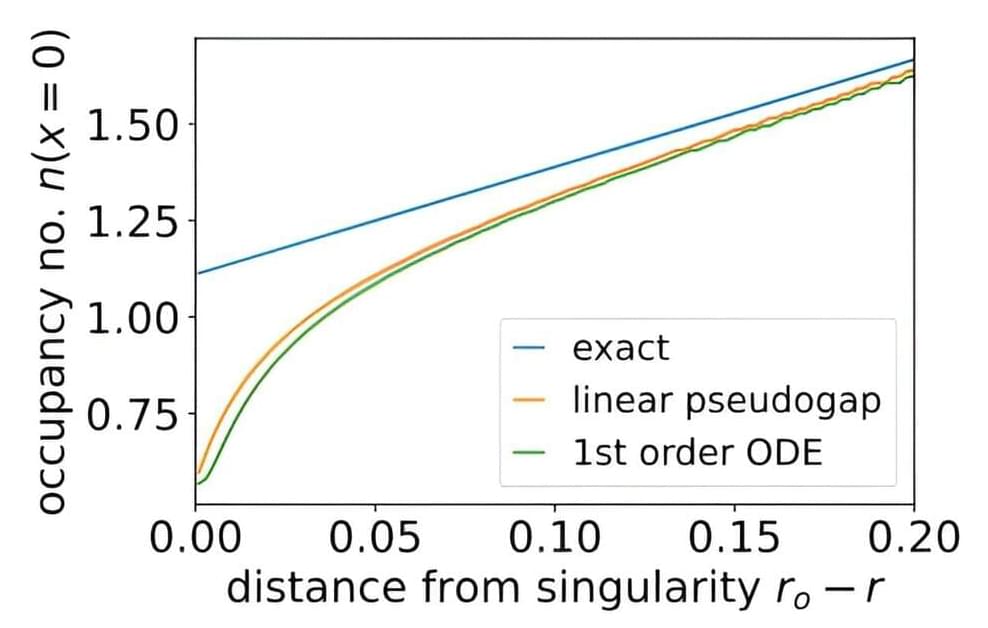
In Lewis Carroll’s Through the Looking-Glass, the Red Queen tells Alice, “It takes all the running you can do, to keep in the same place.” The race between innovation and obsolescence is like this.
Recent evidence about the slowing of technological and scientific progress in contrast to the accelerating epidemiological risks in a globalized world—in the opposite direction—indicates the importance of the relative rates of innovation and obsolescence.
When does innovation outpace, or fail to outpace, obsolescence? Understanding this dynamic is nascent, and the way that innovation is discussed is largely fragmented across fields. Despite some qualitative efforts to bridge this gap, insights are rarely transferred.
Norway’s tiny NorSat-TD satellite has made its first contact with Earth from LEO using its innovative laser communications payload.

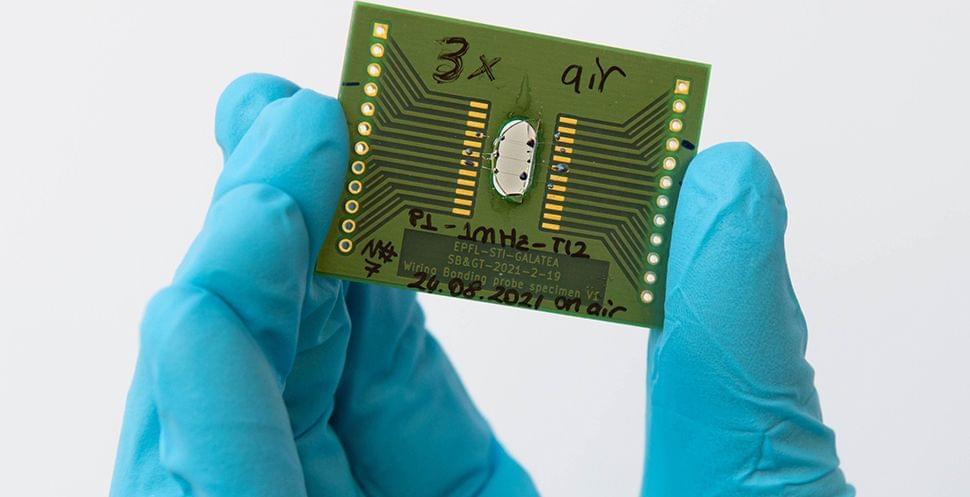
The EPFL team, using tellurite glass produced by their Tokyo Tech colleagues, applied their expertise in femtosecond laser technology to alter the glass and study the laser’s effect. After etching a simple line pattern onto a 1 cm diameter tellurite glass and exposing it to UV light and the visible spectrum, Torun found it could generate a current consistently for months.
Bellouard expressed his excitement at the breakthrough, saying, “We’re locally turning glass into a semiconductor using light. We’re essentially transforming materials into something else, perhaps approaching the dream of the alchemist!”
This development may pave the way for windows to function as single-material light-harvesting and sensing devices in the future.

During my pursuits, I’ve come across an increasing number of exciting nontraditional routes for funding scientific research. The efforts of Adam Marblestone and Benjamin Reinhardt have been particularly instrumental in stimulating this ecosystem, but many other great people have contributed as well. These new funding routes are a welcome relief since many of the most innovative and far-reaching projects are not especially suited for receiving governmental NIH, NSF, etc. funding. If you would like to find a more comprehensive list of such alternative funding sources, you should check out https://arbesman.net/overedge/. My own list (below) consists of funding sources that stand out to me as particularly promising. I hope you find this useful and feel free to reach out if you have any questions!
Amaranthe Foundation https://amaranth.foundation/bottlenecks-of-aging “We outline initiatives which, if executed, could meaningfully accelerate the advancement of aging science and other life-extending technologies. The resulting document is a philanthropic menu, for which Amaranth is seeking both talent to execute on and co-funders. If you are a founder, researcher, or philanthropist interested in executing or co-sponsoring one or several of the projects or proposals below, please reach out to us”

A breakthrough plasmonic catalyst, stable in air, revolutionizes acetylene semi-hydrogenation, marking a significant advance in sustainable catalysis.
In a significant breakthrough, Prof. Polshettiwar’s group at TIFR, Mumbai has developed a novel “Plasmonic Reduction Catalyst Stable in Air,” defying the common instability of reduction catalysts in the presence of air. The catalyst merges platinum-doped ruthenium clusters, with ‘plasmonic black gold’. This black gold efficiently harvests visible light and generates numerous hot spots due to plasmonic coupling, enhancing its catalytic performance.
Superior Performance in Semi-Hydrogenation.

Researchers have discovered an innovative approach to combat infectious viruses by leveraging a nanostructured surface. Their findings reveal that this surface successfully eradicated 96% of the viruses upon contact.
A new method using a nanostructured surface effectively kills 96% of viruses within six hours of contact.